Articles
Saab’s Unique Legacy: Aerospace Roots, Turbo Tech, and a Quiet Exit
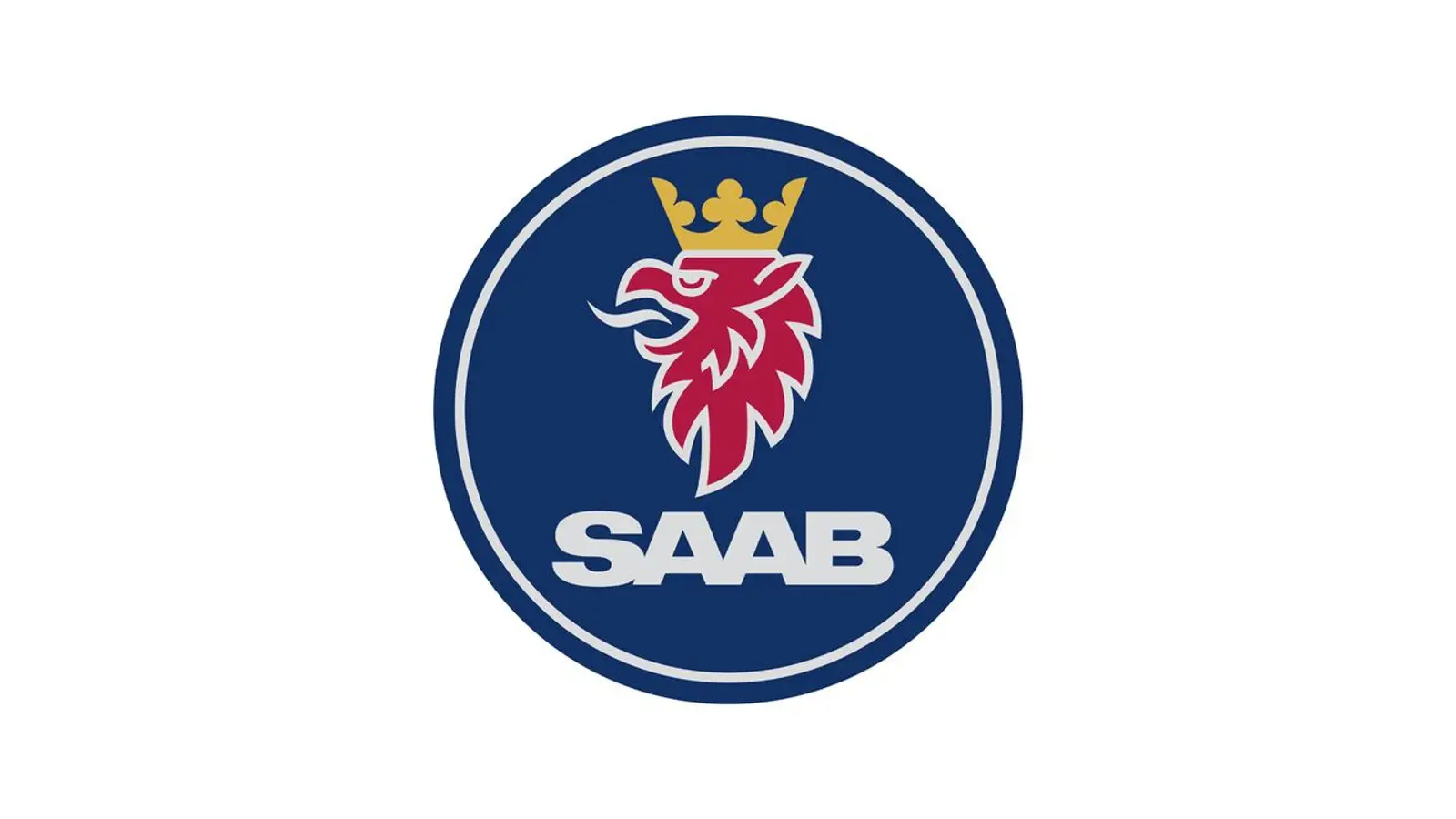
Discover why Saab was one of the auto industry's most unusual brands, its aerospace heritage, turbocharging innovations, and what led to its closure.
Saab was never just another car brand. In a world where automakers pursued mass appeal, this Swedish company stood apart, driven by engineering integrity, unconventional thinking, and most notably, its aerospace roots. Founded in 1937 as Svenska Aeroplan AB, Saab began as a military aircraft manufacturer. When it shifted toward building cars after World War II, it didn’t abandon its heritage—it infused it into every detail of its vehicles.
From the start, Saab's cars weren’t designed for the mainstream—they were engineering statements. Narrow bodies, odd proportions, minimalist yet technical interiors—all were inspired by aviation principles where every part served a purpose. These cars were designed by engineers, not marketers, and this philosophy remained the brand's identity for decades.
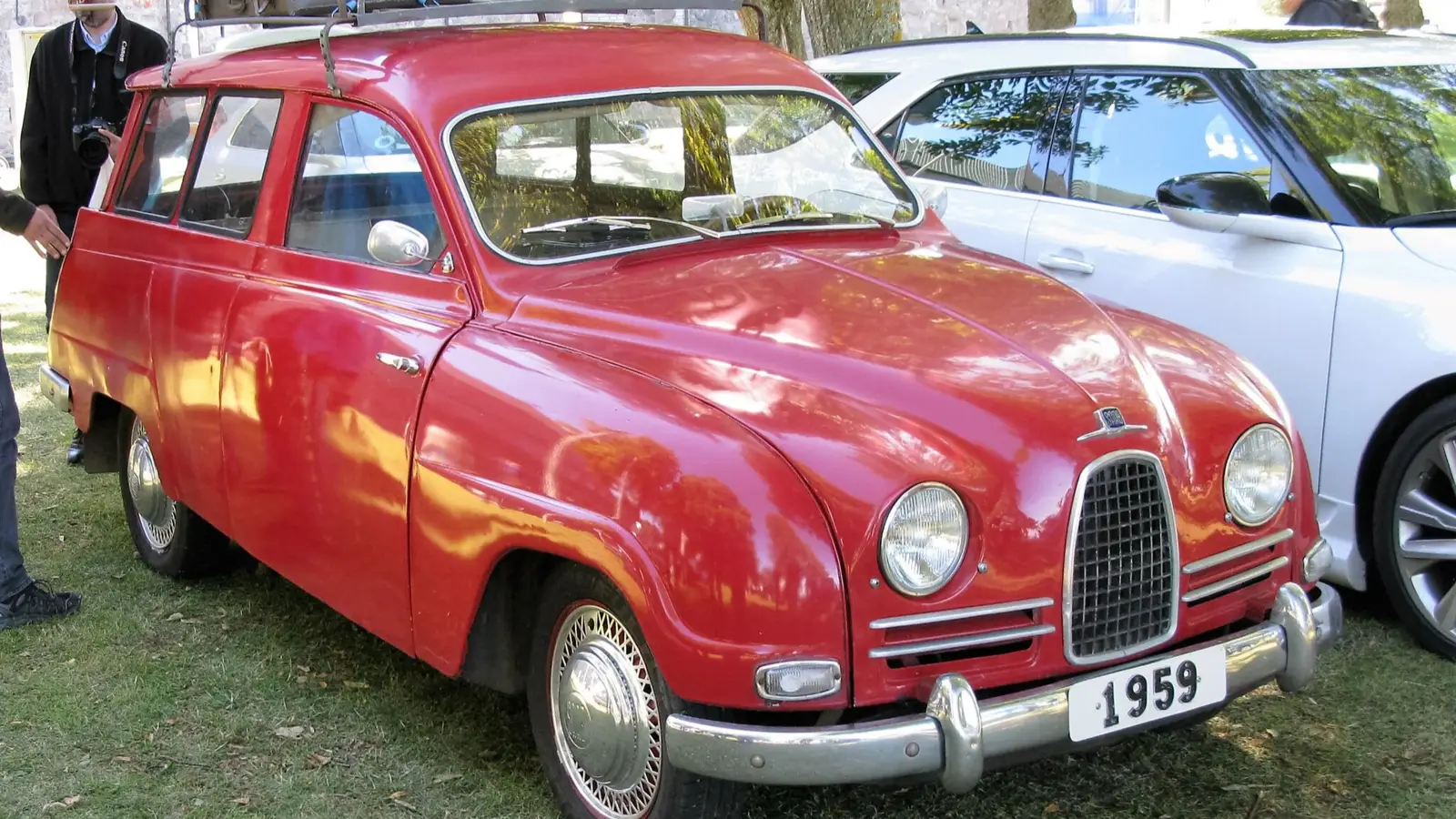
One of Saab’s most significant contributions to automotive technology was its pioneering work with turbocharging. By the 1970s, Saab was integrating turbo systems into production models in ways that offered sports car performance without sacrificing fuel efficiency. More importantly, Saab’s engineers developed a method to make turbo power smooth and controllable, making the technology more practical for everyday driving—an innovation that influenced the broader industry.
Saab also introduced many features that are now commonplace but were groundbreaking at the time: standard seatbelts in 1958, dual-circuit brakes in 1963, heated seats in 1971, and cabin air filters in 1978. Innovation wasn’t just a buzzword—it was part of Saab’s DNA.
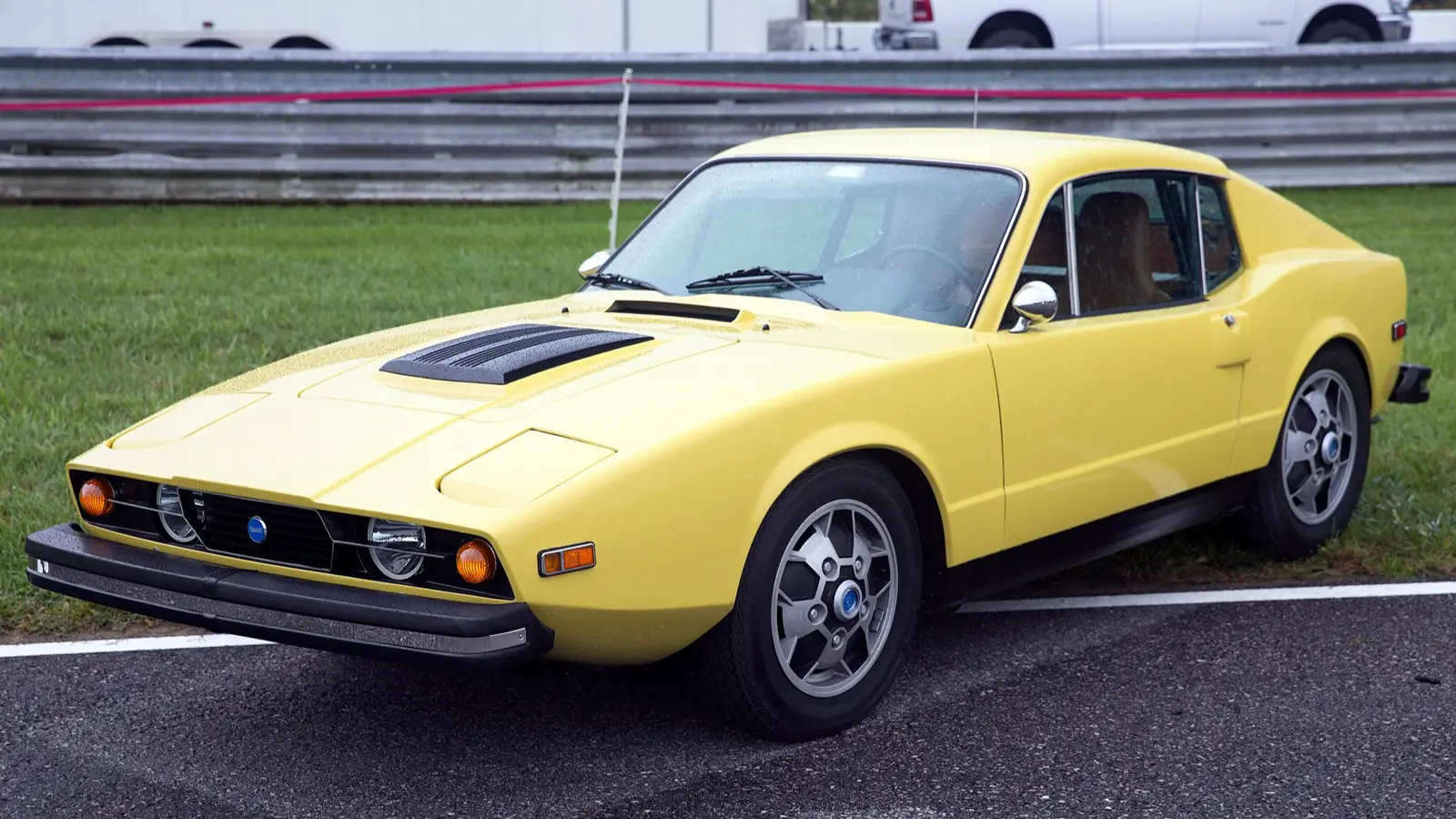
Yet even a company with such engineering prowess wasn’t immune to market forces. General Motors acquired 50% of Saab in 1989 and took full control by 2000. But GM struggled to integrate the brand into its global strategy. Efforts to streamline Saab often diluted its unique identity. In 2010, the company was sold to Dutch automaker Spyker Cars—a brief reprieve, not a revival.
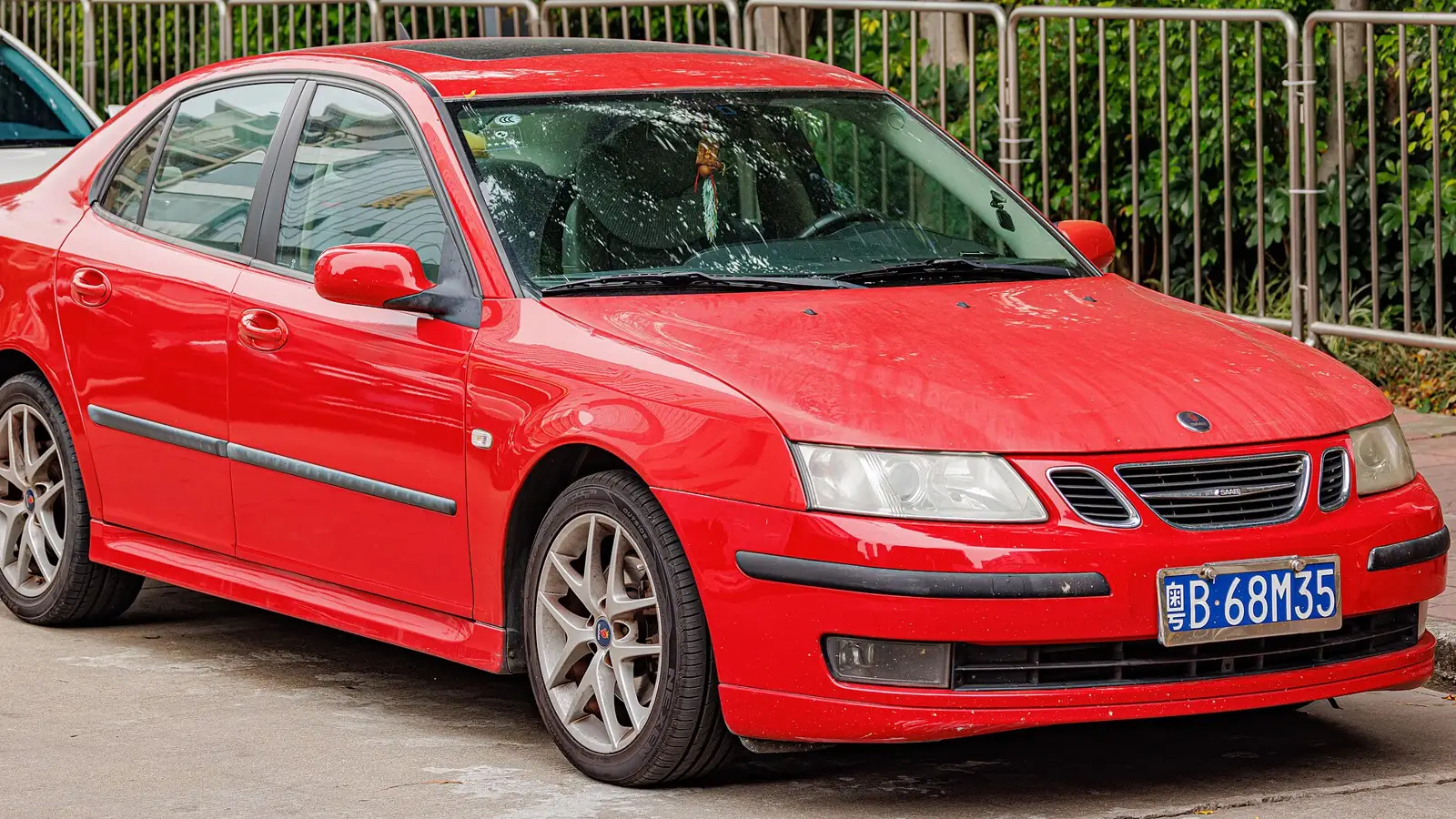
In December 2011, Saab filed for bankruptcy. A year later, Chinese-Swedish consortium NEVS (National Electric Vehicle Sweden) acquired Saab's assets, including the Trollhättan plant, and attempted a comeback. However, by 2014, car production ceased, and by 2016, the rights to the Saab name were gone.
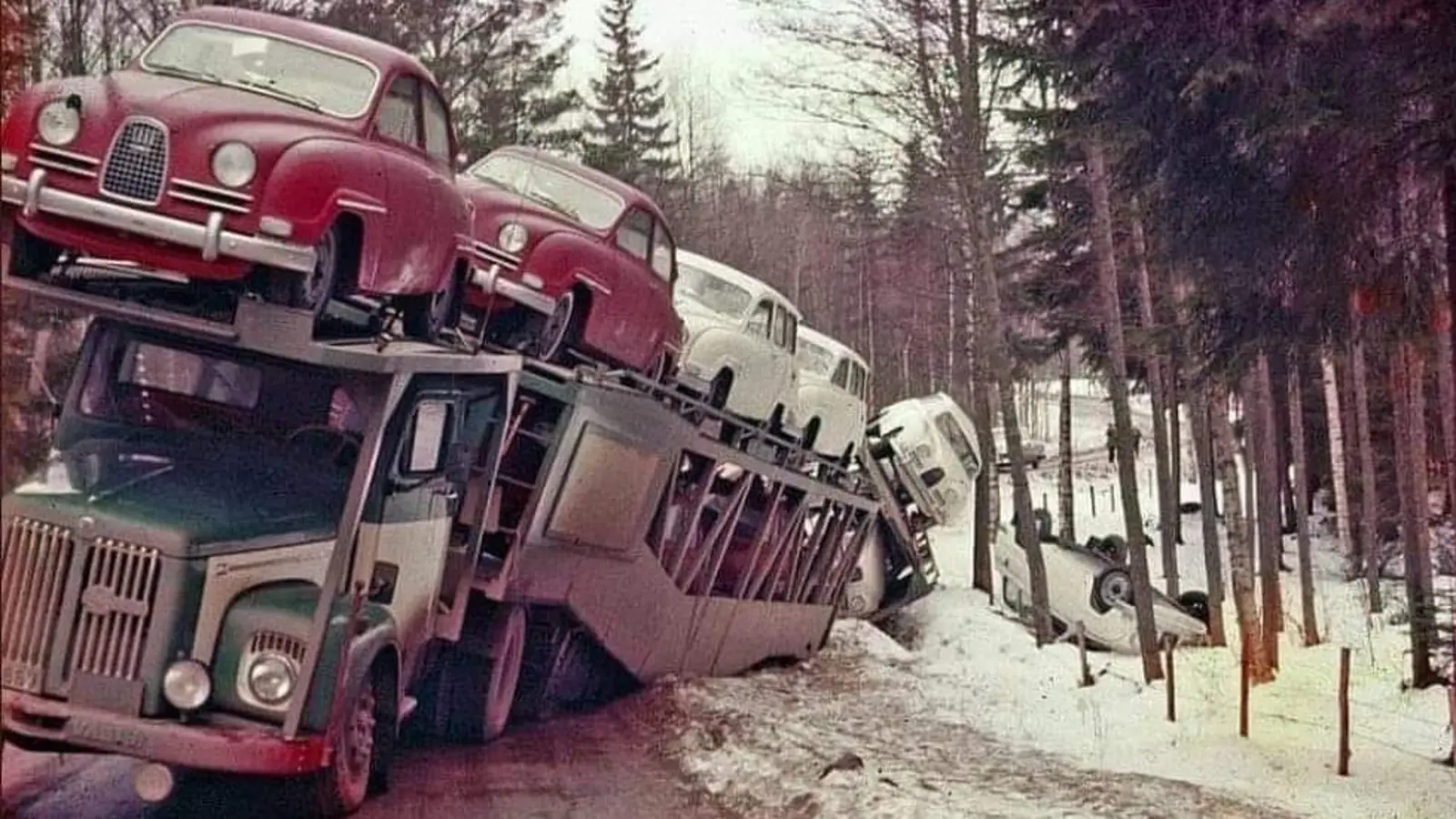
Today, Saab continues—but not in the automotive world. The original company, now operating as Saab AB, focuses on defense technology and aerospace systems. In the automotive sphere, Saab remains a symbol of alternative thinking, uncompromising engineering, and cars built not for everyone, but for those who understood.
2025, Mar 28 21:38


